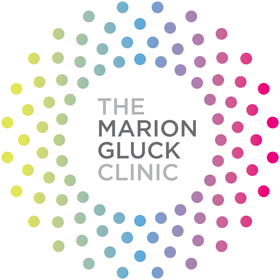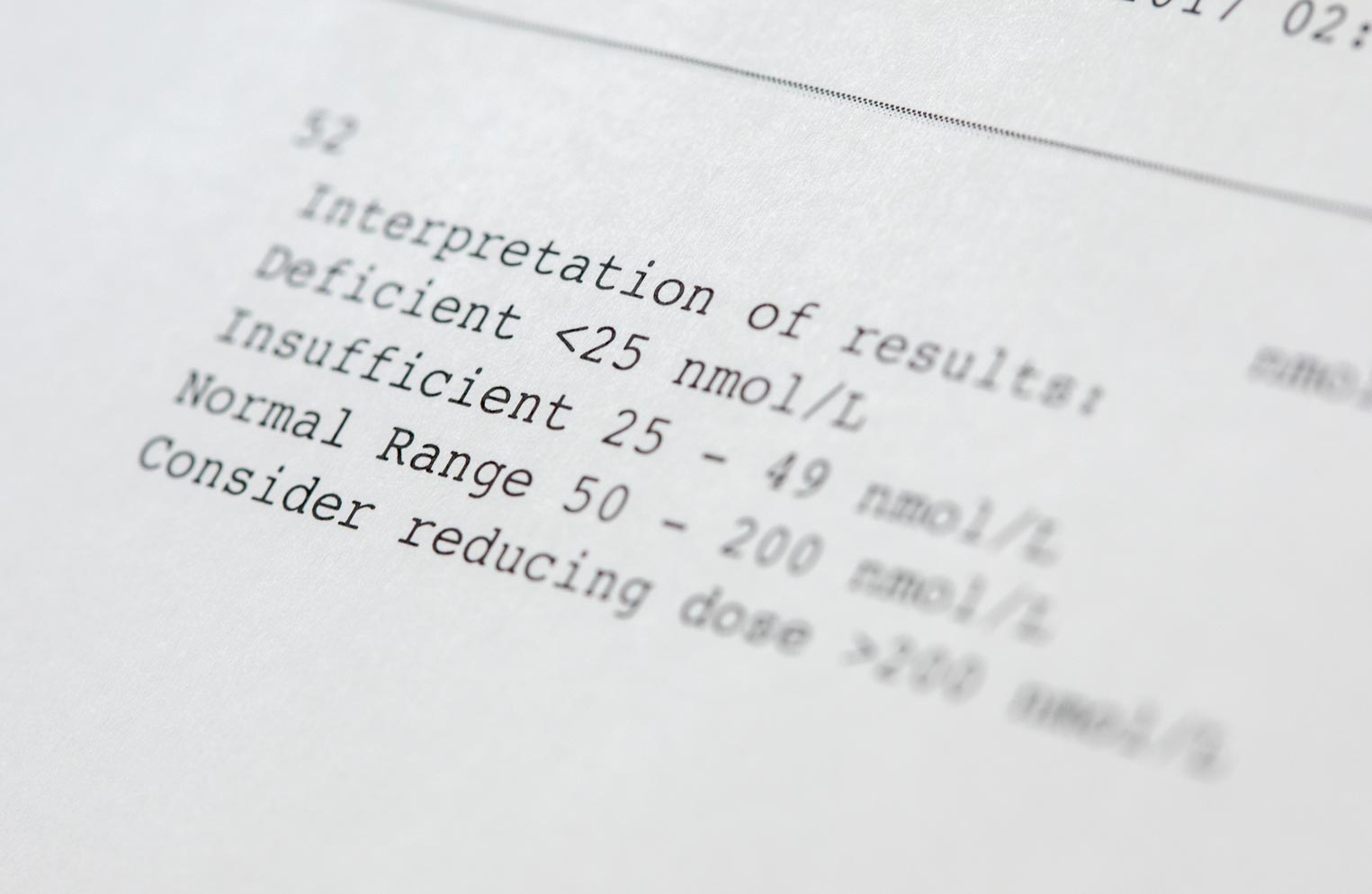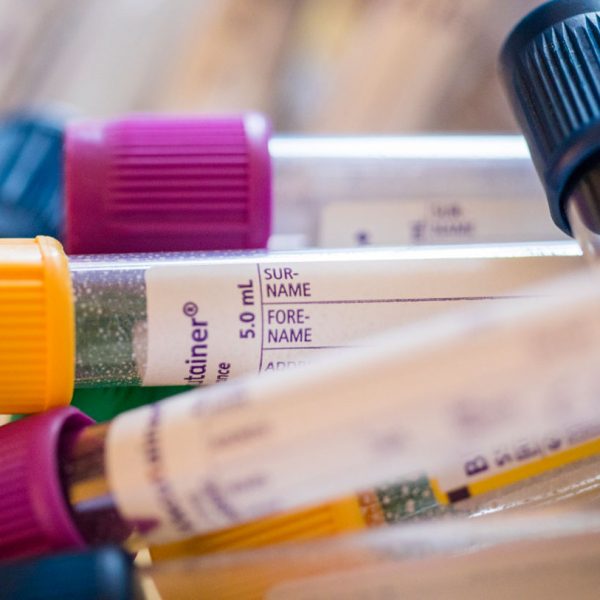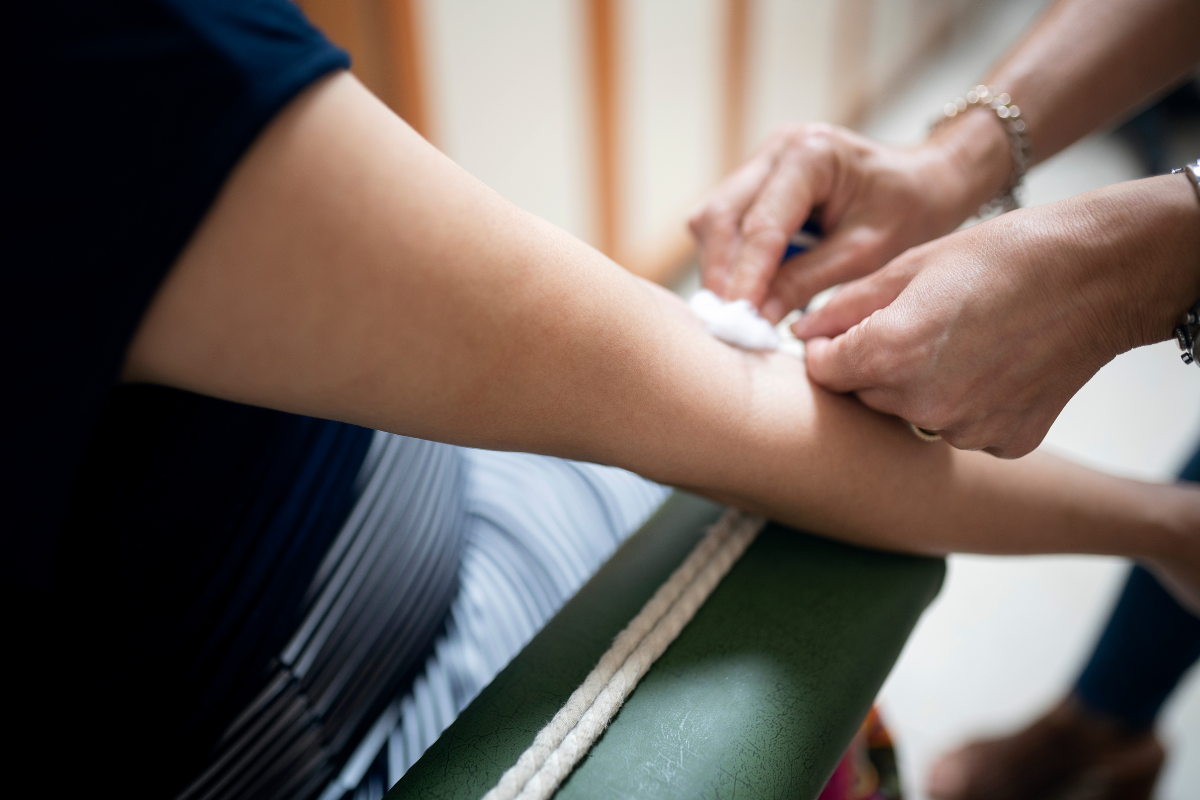Following any blood tests at the Marion Gluck Clinic, your doctor will go through your results with you in a follow-up appointment. However, to provide you with the tools you need to read your Male Hormone Profile results at home, we have included information about each of the hormones tested and how to understand the results here.
Male Hormone Profile Results
PSA (Total)
PSA (Prostate-specific antigen) is a protein produced mainly by cells in the prostate gland and is a useful indicator of prostate cancer. PSA is found in all males; however, levels may be elevated in men with an infection of the prostate gland, prostate enlargement or prostate cancer.
Reference ranges
Normal: 0 – 1.40 µg/L
Oestradiol
Oestradiol (17β-oestradiol or E2) is the most active form of oestrogen. Oestradiol plays a critical role in male sexual function, it is essential for modulating libido, erectile function, and sperm production. Aromatase is the enzyme responsible for converting testosterone to oestradiol.
Reference ranges
Normal: 0 – 192 pmol/L
Progesterone
Progesterone plays an important role in sperm production and it is a major precursor to testosterone. Within the male body, it plays a vital role on counteracting the effects of oestrogen. As men age progesterone production declines and affect testosterone production. Simultaneously, oestrogen levels can rise in older males leading to a hormone imbalance.
Reference ranges
Normal: 0.2 – 0.5 nmol/L
Testosterone
Testosterone is a steroid hormone made by the testes in men and it is secreted in a diurnal pattern with highest values at 8-9 am in men who work day shifts. It plays a vital role in regulating libido, bone density, fat distribution, muscle mass, red blood cell and sperm production. A small proportion of circulating testosterone is converted to oestradiol. As men age, testosterone production declines and this can be accompanied by a number of symptoms.
Reference ranges
Total Testosterone Normal: 7.6 – 31.4 nmol/L
Free Testosterone Normal: 0.4 – 7.1 pg/mL
DHEA-S
DHEA-S (dehydroepiandrosterone sulphate) is the sulphated form of the weak androgen DHEA. It is a male sex hormone present in the blood of men and women produced by the adrenal glands, with smaller amounts being produced by the ovaries. It can be converted into more potent androgens such as testosterone and androstenedione, or changed into the female hormone oestrogen.
Reference ranges
Normal: 0.4 – 13.4 µmol/L
SHBG
SHBG (Sex Hormone Binding Globulin) is a protein produced by the liver. It binds tightly to the hormones testosterone, dihydrotestosterone (DHT) and oestradiol and transports them in the blood in their inactive form. The amount of circulating SHBG depends on age and sex, and also by decreased or increased testosterone or oestrogen production. Changes in the amount of SHBG may affect the amount of testosterone available for use by the body.
Reference ranges
Normal: 16 – 55 nmol/L
Vitamin D
Two forms of vitamin D can be measured in blood: 25-hydroxyvitamin D and 1,25-dihydroxyvitamin D. 25-hydroxyvitamin D is the major form of vitamin D and is converted to the more active hormone, 1,25-dihydroxyvitamin D. The main role of vitamin D is to help regulate the absorption of calcium, phosphate and magnesium. It is vital for the growth and health of bone, and also plays an important role in musculoskeletal health.
Reference ranges:
25-hydroxyvitamin D
Deficient: <25 nmol/L
Insufficient: 25 – 49 nmol/L
Normal: 50 – 200 nmol/L
FBC
The FBC (full blood count) is a commonly requested test which provides information about the types and numbers of cells within blood: red blood cells, white blood cells and platelets. Mean Cell Volume (MCV), Mean Cell Haemoglobin (MCH), Mean Cell Haemoglobin Concentration (MCHC) and Red Cell Distribution Width (RDW) are measurements relating to the volume, size and haemoglobin content of red blood cells. The MCV, MCH, MCHC and RDW provide information on the overall size and volume of the circulating red cell mass. White blood cells control the immune process and are responsible for protecting the body from invading foreign bodies such as bacteria, fungi and viruses. Platelets assist in the clotting process in broken blood vessels.
*Please note that the reference ranges are provided by TDL (The Doctors Laboratory) and are subject to change following restandardisation of method.





